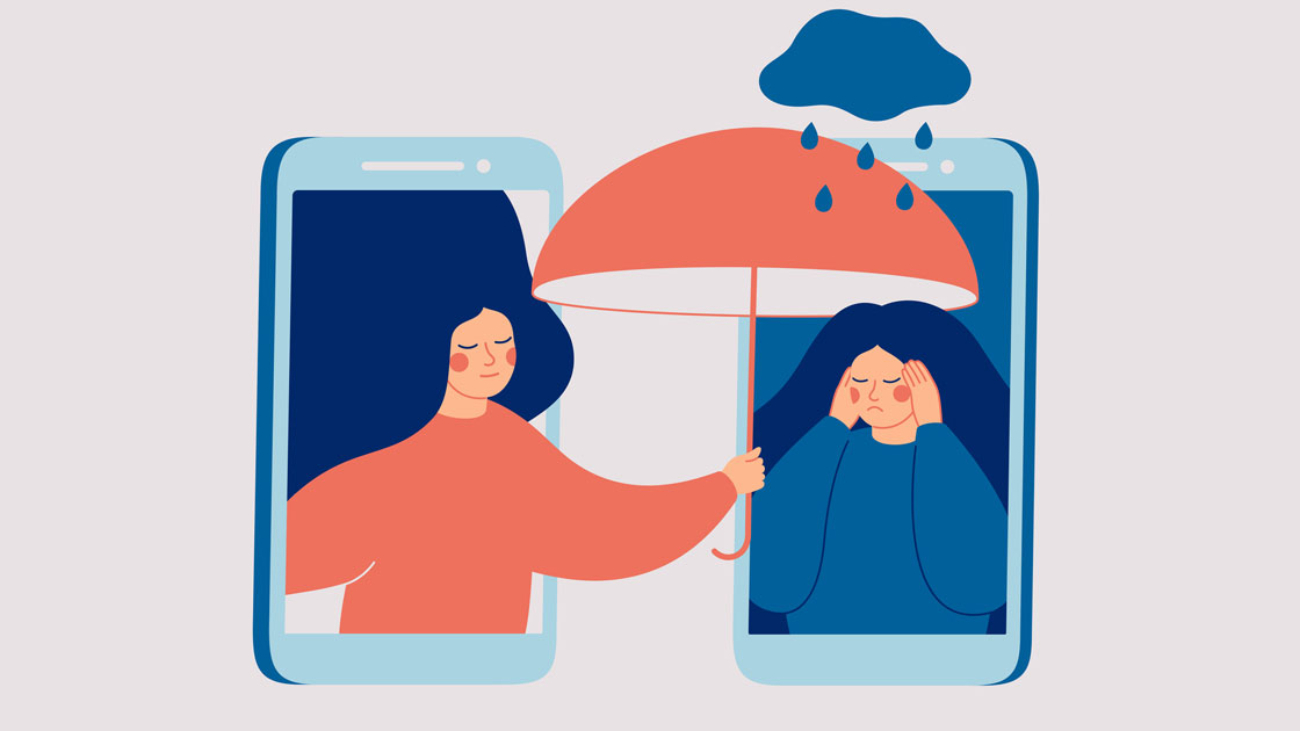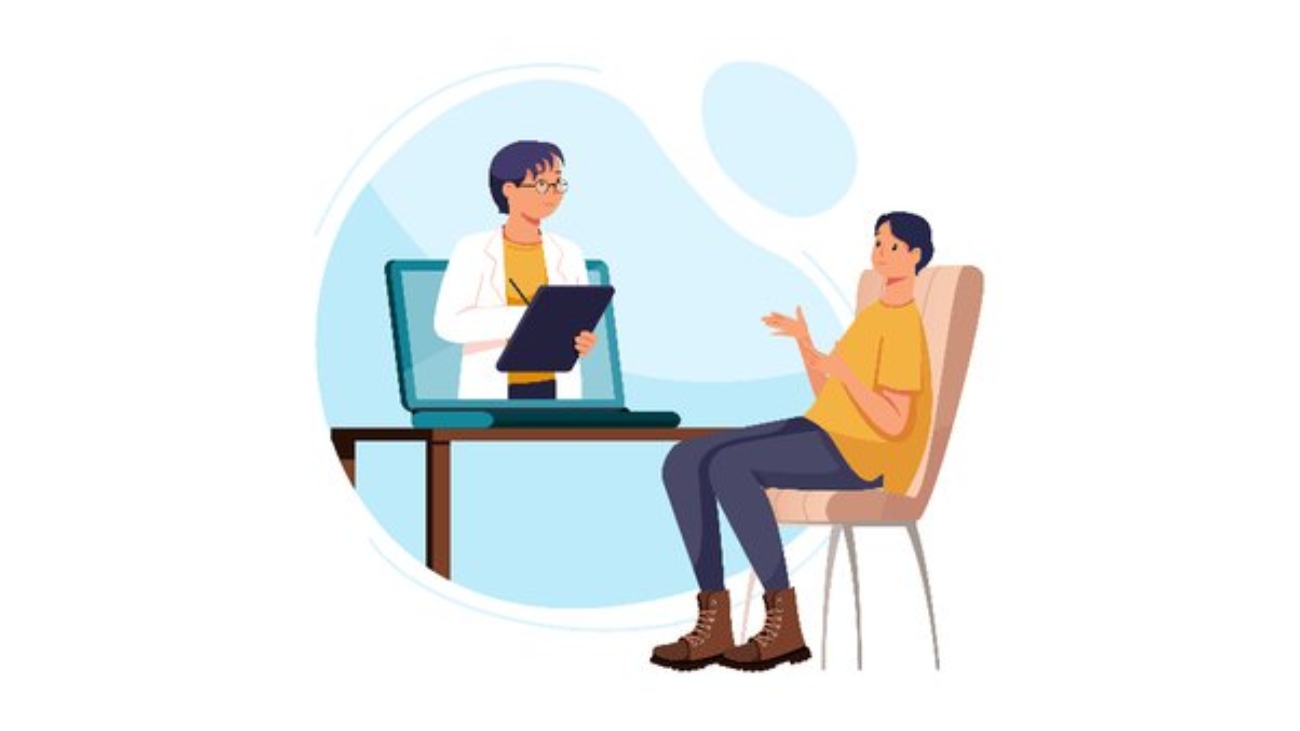
Why We Surround Ourselves with Unsupportive People and How to Change
Welcome, readers! Have you ever found yourself wondering why we often end up surrounded by people who don’t support or show up for us when we need them the most? The answer lies in two fundamental reasons deeply rooted in our behavior and past experiences. Let’s explore these reasons and discover how to break free from these patterns.
1. The Habit of Not Showing Up for Ourselves 

We often have a habit of not showing up for ourselves. When we deny our own needs and feelings, we inadvertently teach others how to treat us. If we consistently prioritize others’ needs over our own or fail to assert our boundaries, we signal to those around us that our well-being is not a priority. This pattern of self-neglect sets the stage for others to follow suit.
Reflect: Think about the last time you put someone else’s needs above your own. How did it make you feel? What would you do differently next time?
2. Attraction to Familiar Trauma Patterns 

We tend to be attracted to individuals who exhibit behaviors similar to those we experienced during childhood trauma or other significant emotional events. Our nervous system is designed to ensure our safety by recognizing patterns in our environment from the moment we are born. While this trait is crucial during genuine danger, it can also keep us stuck in unhealthy behavioral patterns. These familiar patterns, although potentially harmful, feel safe to our brain because they are well-known.
Interactive Exercise: Reflect on your relationships. Do you notice any recurring patterns that remind you of past experiences? How do these patterns make you feel?
The Comfort of Familiarity 

Our nervous system will always choose the familiar over the unknown. This often manifests in relationships where we either change ourselves in hopes of being loved or see the other person not for who they truly are, but for who we want them to be. When we attempt to break these habits and step into the unfamiliar, our nervous system responds with a sympathetic stress response—manifesting as anxiety, doubt, and resistance.
Question: Have you ever tried to change yourself to fit into a relationship? How did it affect your mental health?
Moving Beyond the Past with Awareness 

Awareness is the first step to moving out of the past. We achieve this through kindness, forgiveness, and self-compassion. Gradual changes are less threatening to our nervous system. Taking small daily steps to build emotional safety is crucial.
Try This: Start a daily journal where you practice self-compassion. Write down one kind thing about yourself each day.
Building Emotional Safety: Practical Steps 

Prioritizing basic self-care—sleep, nutrition, movement, and play—is fundamental to developing a relationship with oneself and fostering internal safety. Being connected to our body and taking responsibility for its care builds trust in oneself over time.
- Somatic Awareness: Becoming more attuned to how our body responds to emotions and uncertainty helps us stay grounded and manage anxiety. Techniques such as body scans, naming, noticing, nurturing, and breathwork can be very effective.
- Self-Kindness: Acknowledging our fears without judgment or criticism is essential. Self-compassion allows us to move forward despite the fear of the unknown.
- Visualization: Visualizing positive outcomes helps rewire our brain to perceive the unfamiliar as safe rather than threatening. With practice, we can build a new habit by repeatedly exposing ourselves to new behaviors.
Action Step: Choose one of the above techniques and practice it daily for a week. Notice how it impacts your sense of emotional safety.
Conclusion:
Understanding why we surround ourselves with unsupportive people allows us to take proactive steps to change these patterns. Through self-awareness, gradual change, and self-compassion, we can build healthier relationships and create a supportive environment for ourselves. Embrace the journey of personal growth and discover the power of small, consistent changes.
Challenge: Commit to one small, positive change today. Share your journey with us in the comments below!


































